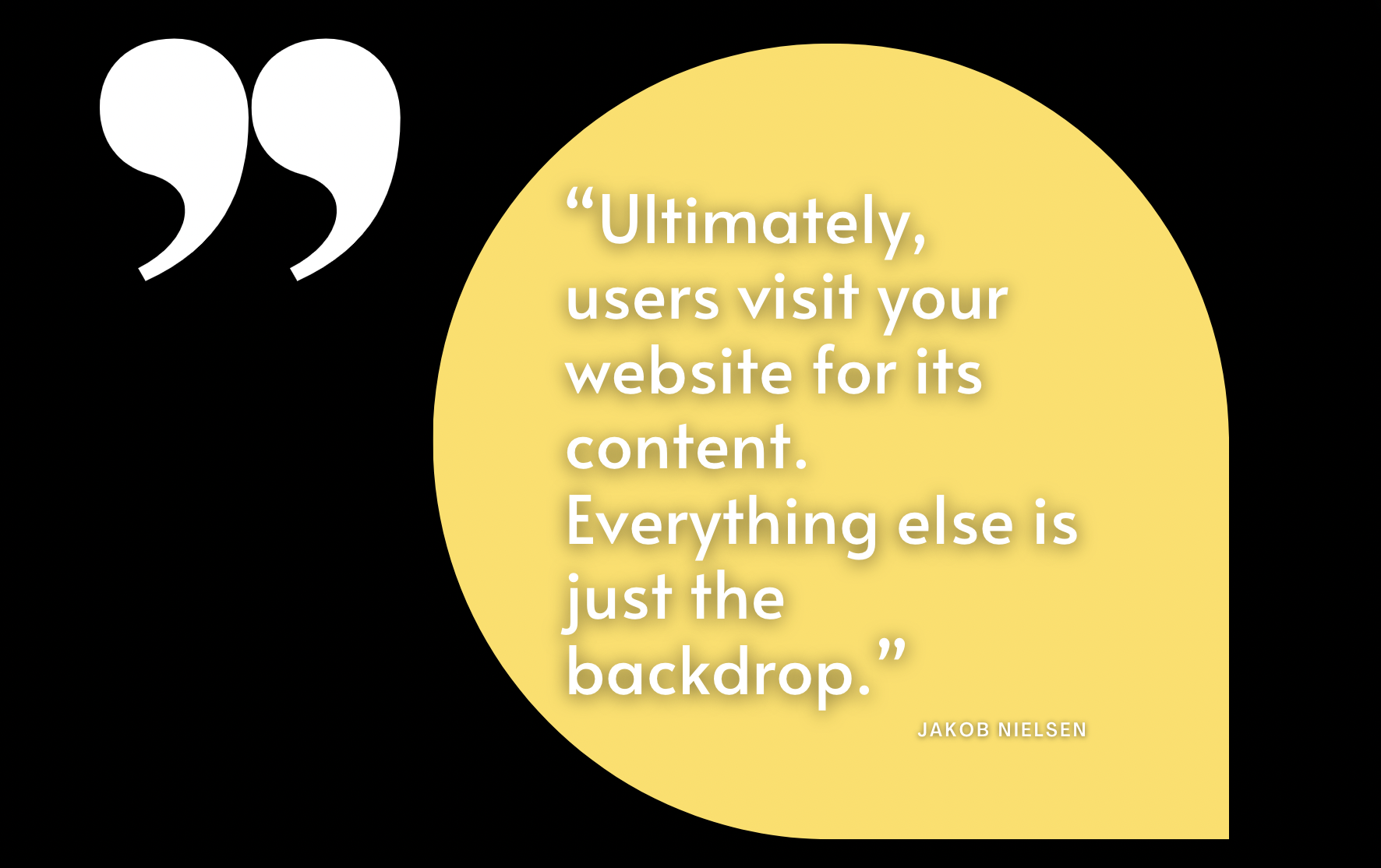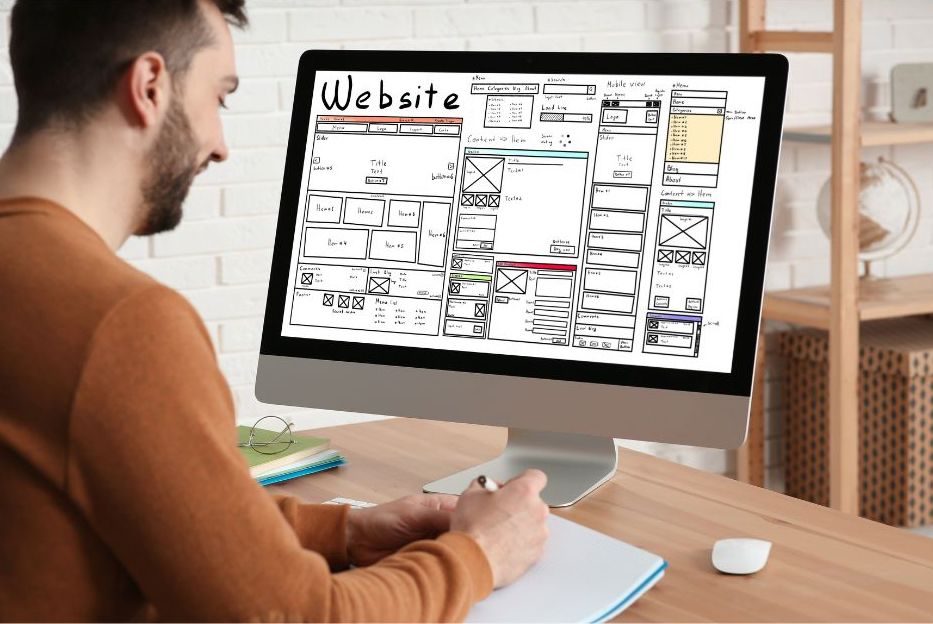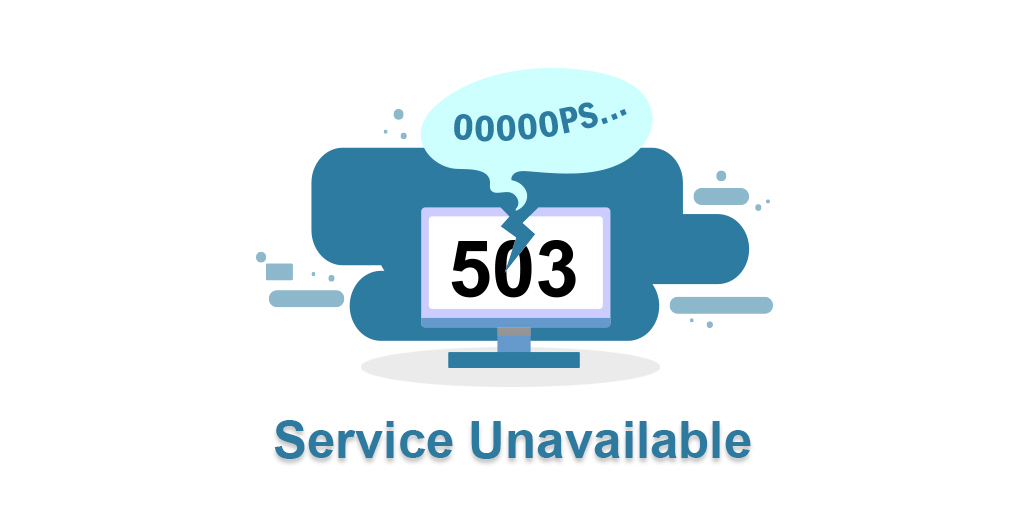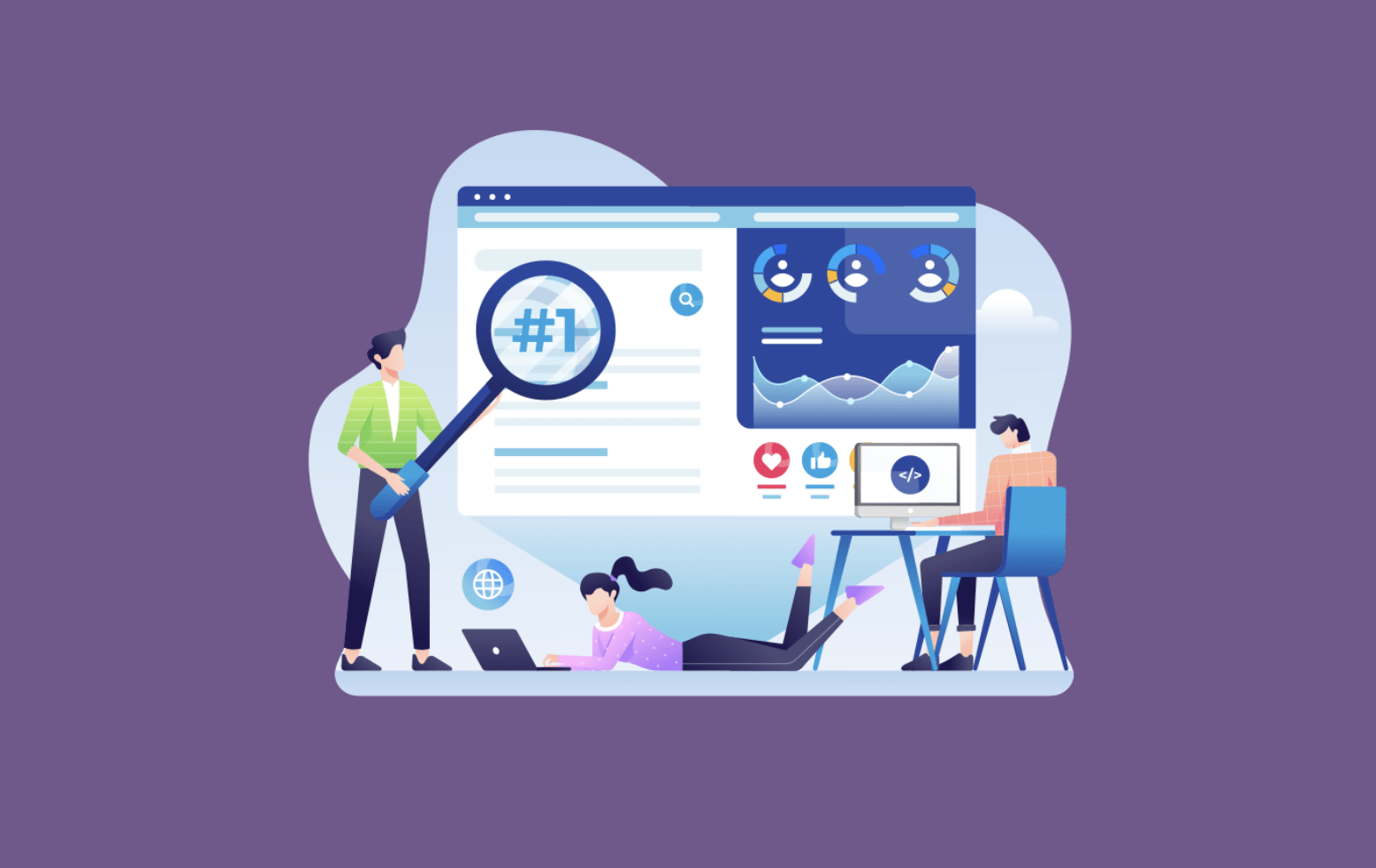Whether you’re an individual who wants to show off your skills or a business that wants to grow, a website is your entry point into the world of the internet.
In this blog, we’ll look at why you should have a website and the many things you can accomplish professionally and personally by building one from the ground up.
From building your online presence to expanding your reach and establishing customer loyalty, your website is the key to unlocking endless possibilities.
Importance of Having a Website
A website is more than just a digital storefront. It’s a strategic necessity for individuals and businesses. A well-designed website allows you to reach a global audience anytime, anywhere. It’s also a powerful tool for building trust and credibility with your audience. Your website is a canvas for your brand identity. It allows you to tell your story, share your values, and offer your products and services in an engaging way.
It also serves as a place for meaningful engagement, where you can interact with your audience and build a sense of community. Ultimately, a website is essential for driving conversions. It guides visitors through the funnel and helps you achieve your business goals. In other words, having a website isn’t a luxury anymore.

Goals You Can Achieve with a Personal or Business Website
Whether you’re looking to build a personal website or a business website, a website is a powerful tool for accomplishing your goals. For individuals, a website is a great way to build a digital presence, tell personal stories, and show off their skills through professional portfolios.
On the other hand, for businesses, a website can be used as a powerful marketing tool to promote products, attract leads, and increase sales. No matter what the goal is, websites play a vital role in increasing brand recognition, improving customer engagement, and offering convenient customer service channels.
Furthermore, websites provide valuable insights through analytics that help individuals and businesses make informed decisions and adjust to changing needs.
Whether you’re building a brand, expanding your reach, or building meaningful connections, a website is the foundation for success in today’s digital world.
Planning Your Website
Before beginning your website design process, it’s important to understand what you’re trying to achieve. Here are the two key steps you’ll need to take:
1. Define the Purpose What exactly is your website’s purpose?
Is it to display your portfolio? Is it to sell products? Is it to provide information? Or is it to offer services?
Identify the target audience. Who do you want your website to reach? What demographic, interest, and needs does your target audience have?
2. Plan the Site Structure
Once you’ve identified your purpose, you’re ready to start planning your site’s layout and design. Think about how you’ll organize your content logically, focus on what’s important, and create a visual hierarchy.
Consider the main pages. The layout and design of your website will depend on the user’s journey and navigation.
Consider the layout and layout elements that will improve your user experience.
Consider the visual hierarchy: Typography, Color, and Imagery.
Take usability and accessibility into account to make sure your website is user-friendly and accessible for everyone. This can include user testing, wireframe or mockup design, and trial-and-error design.

Choosing a Domain Name and Hosting
Choosing the right domain name and hosting provider is one of the most important decisions you’ll make when starting a website. Here’s why it’s so important:
The importance of a memorable domain name
Your domain is your website’s digital address, and it’s often the first thing visitors see when they visit your site. It’s important to have a memorable domain name that’s easy to remember and easy to recognize.
A catchy, memorable domain name can increase your brand’s visibility, build trust, and make your website easier to discover and remember.
When selecting a domain name, consider factors such as: - Simplicity - Relevance to your niche - No complex spelling or special characters
Selecting a Reliable Hosting Provider
Choosing the right hosting provider is essential for keeping your website accessible, secure, and performing at its best. When choosing a hosting provider, it’s important to consider features such as:
- Reliable uptime
- Fast loading speeds
- Excellent security measures
- Responsive customer support
- Website’s specific needs
- Your expected traffic volume
- Resource requirements
- Scalability of your hosting plan
- Server location
- Data backup solutions
- Technical support availability
Building Your Website
As you go through the process of building and designing your website, there are two main options to consider: website builders and CMS platforms.
What is a website builder?
A website builder is a tool that allows you to build a website without coding knowledge. It usually comes with a drag-and-drop interface, pre-made templates and customizable elements. This type of website builder is suitable for beginners or people with limited technical knowledge. Some of the most popular website builders are Wix, Squarespace, and Weebly.
What are CMS platforms?
CMS platforms (Content Management Systems) are more flexible and customizable than website builders. They offer more control over the design, functionality and content management of your website. These platforms are also better suited for larger websites and e-commerce sites, as they offer more features and integrations. The most popular platforms include WordPress, Joomla, and Drupal.

Basic Design Principles
- Keep your website design simple, clutter-free, and easy to use.
- Don't overwhelm visitors with too much text, graphics, or other distractions.
- Create a visual hierarchy by using design elements like colors, typography, and spacing to guide users’ attention to the most important content and calls to action. Maintain consistency throughout your website with colors, fonts and branding to create a professional and cohesive look.
- Make sure your website is mobile-responsive and optimized for different devices and screens, such as smartphones, tablets and desktops, to ensure a smooth user experience and improve search engine rankings for users with disabilities.
Creating engaging and relevant content

Creating content on your website isn’t just about adding text and images. It’s about creating an engaging and immersive experience for your readers.
The first step is to create content that speaks to your audience. You’ll need to understand their interests, preferences and pain points so that you can tailor your content to meet their needs. Whether you’re creating informative articles, engaging blog posts or entertaining videos, your goal should be to provide value and build a relationship with your audience. Make sure you to maintain a consistent publishing schedule. This will keep your audience coming back for more.
Importance of visuals and multimedia
Visuals and multimedia are just as important when it comes to improving your website’s overall look and feel and user experience. Not only do visuals hold your attention, but they also convey information better than words alone.
Use high-resolution images, graphics and videos to add to your written content to make it look more attractive. Multimedia elements can also help break up heavy-weight pages, illustrate ideas and create an immersive experience. Make sure your multimedia elements load quickly and are compatible across devices to ensure a smooth user experience.
SEO and Optimization
If you want your website to be as effective as possible, you need to understand the basics of Search Engine Optimization (SEO), optimize for mobile devices, and optimize page speed. Here’s a quick overview of what SEO is and how it works:
What is SEO?
SEO is the process of increasing the visibility and ranking of your website on search engines (SERPs). It’s the process of getting more organic (unpaid) traffic to your site.
How does SEO work?
First, you’ll need to conduct keyword research. You’ll want to find words and phrases that are likely to be used by your target audience when searching for information related to your site. Then, you can strategically incorporate these keywords into your website’s content, so that search engines can easily index and understand what’s on your site.
Focus on creating valuable, informative, and relevant content that responds to your target audience's needs and interests. This type of content is more likely to rank higher in search results.
Mobile Optimization and Page Speed
With the growing popularity of mobile devices, it’s important to make sure your website is optimized for mobile users.
Make sure your website is responsive — that is, it can adapt and display correctly on different screen sizes and devices — and optimized for page speed.
Optimize images, minify code, and use browser caching to improve your website’s page speed. A faster-loading website will not only improve your user experience, but it will also improve your search engine rankings because site speed is one of the ranking factors used by search engines such as Google.
Keep an eye on mobile-specific aspects of your website — like touch-friendly navigation and legible font sizes — and avoid intrusive pop-ups that can disrupt your user experience on mobile.
Track and analyze your website performance regularly using tools such as Google PageSpeedInsights (GPS) and Google Search Console. This will help you identify areas of improvement and make sure your site is delivering optimal performance on all devices.

Launching Your Website
As you get ready to launch your website, it’s important to make sure it’s ready to go. Here’s a checklist to help you get started, along with some tips on how to announce your website launch successfully.
- Before you launch your website, test it thoroughly to make sure everything is working properly across devices and browsers, and to check for spelling and grammar errors.
- Look for any design or layout inconsistencies.
- If you’re migrating your website from an old site or changing URLs, make sure you set up redirects to ensure a smooth transition and avoid broken links.
- If you’re using Google Analytics, you’ll need to install analytics tracking code to track your website traffic, traffic, and user behavior.
- Once you’re ready to launch, set up essential site security measures such as SSL encryption to protect your users’ data and to build trust with your visitors.
- Once your site is live and ready to go, create and submit it to search engines so they can crawl and index your site’s pages.
- Finally, make sure your website’s sitemap is up and running so search engines can easily crawl and index your pages
Announcing Your Website Launch
- In the days before the launch date, tease your website launch on your social media accounts and other marketing channels.
- Post sneak peeks, photos from behind the scenes, or countdown timers.
- On the designated launch day, schedule a formal launch announcement that will be posted on your website and other social media platforms.
- Use email marketing to get in touch with your current contacts and subscribers to inform them of your website launch.
- Use your email marketing strategy to create a persuasive message that highlights your website’s key features, benefits and unique selling points.
- Encourage visitors to visit your website by inviting them to explore your site, subscribe to newsletters, or take part in launch day promotions/ giveaways.
- Offer exclusive discounts/incentives to incentivize visitors to visit your site.
- Keep a close eye on feedback and inquiries in the days after the launch and respond quickly to any questions/concerns from visitors.

Monitoring and Improving
Your website launch is only the start of your digital journey. To keep your website running smoothly and efficiently, you need to keep an eye on how it’s performing and make improvements as needed. Here’s how:
Using Analytics to Track Performance:
- Use web analytics tools like Google Analytics to monitor your website’s performance in terms of traffic, engagement, conversions, and other key metrics.
- Track and analyze your data on a regular basis to learn more about user behavior, trending content, and traffic sources.
- Use this data to identify areas of improvement and make informed decisions.
- Set goals and track conversions to see how well your website is doing in accomplishing specific goals, like generating leads, making sales, or signing up for newsletters.
- Track your site’s performance across devices and platforms so that all visitors have a consistent and smooth experience.
Collecting Feedback and Making Improvements
- Send visitors surveys, polls or contact forms to get feedback on your website.
- Monitor both good and bad feedback to see where you’re doing well and where you need to improve.
- Keep an eye on social media channels and online reviews, as well as customer support inquiries, to get more insight into user satisfaction and where you can improve.
- Review and update your website’s content regularly to stay fresh, relevant and engaging. This could mean adding new blog posts or product listings, or updating outdated information.
- Track keyword performance, improve on-page SEO, and stay on top of algorithm updates as well as industry trends.
Conclusion
As you start building your website, keep in mind that each step brings you closer to accomplishing your online goals. The process may seem intimidating at first, but the rewards of building a powerful online presence and connecting with your target audience are worth it.
Here's a quick overview of the steps involved in creating a website:
- Identify your website’s purpose, target audience, structure, and design
- Choose a website builder or CMS platform Select a domain name and hosting provider that is memorable
- Create content that is engaging and relevant Use visuals and multimedia to improve the user experience
- Use basic SEO techniques to improve your site’s visibility and optimize it for mobile devices
- Optimize your website for page speed
- Announce your website launch
- Track performance
- Collect feedback
- Monitor and improve your site over time
- Use analytics tools
If you follow these steps and stay focused on your vision, you’ll be on your way to building an impactful and successful website that resonates with your audience and accomplishes your goals. So, don’t wait any longer—start your website-building journey today and unlock the endless possibilities that are available to you in the digital world!

Nadejda Milanova
An experienced Content creator in the field of Search Engine Optimization (SEO) and WordPress. A true proffesional with a Master's degree focused on journalism.
Read more by Nadejda Milanova





